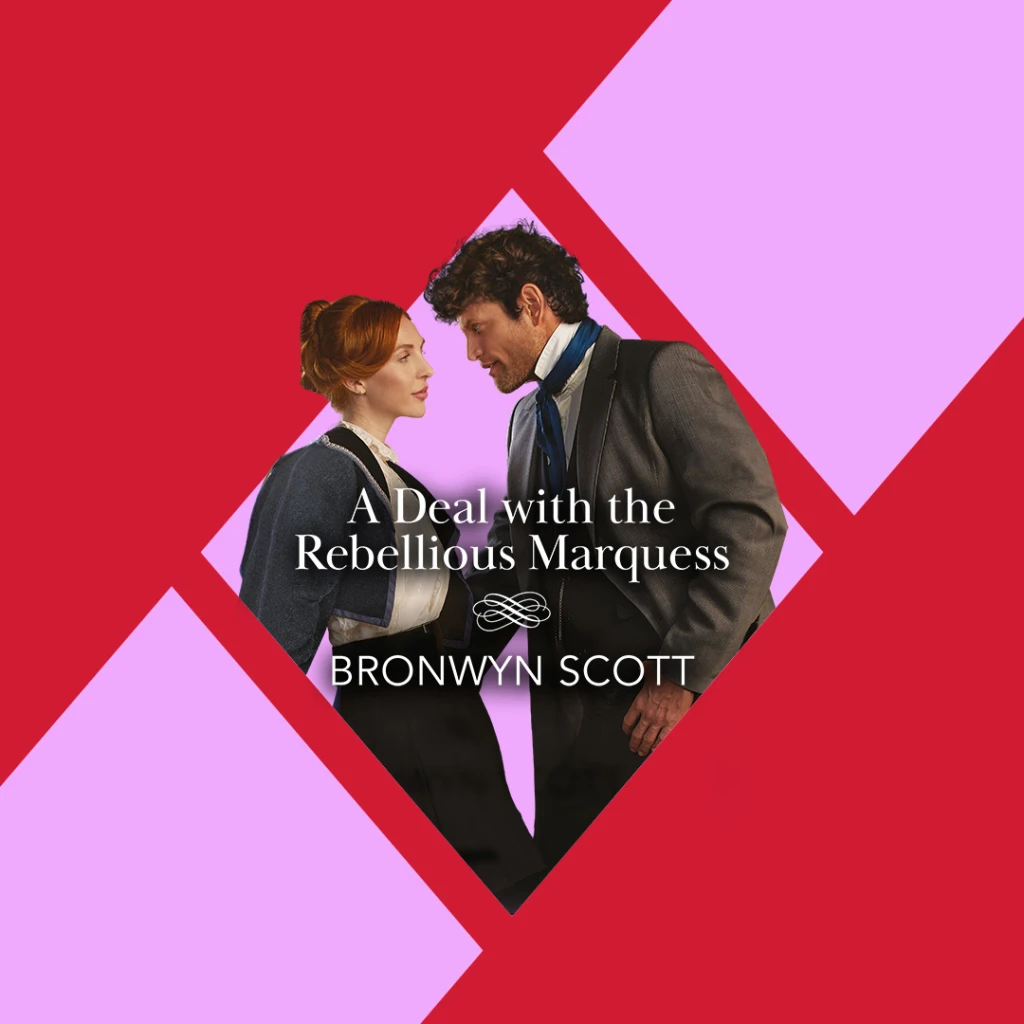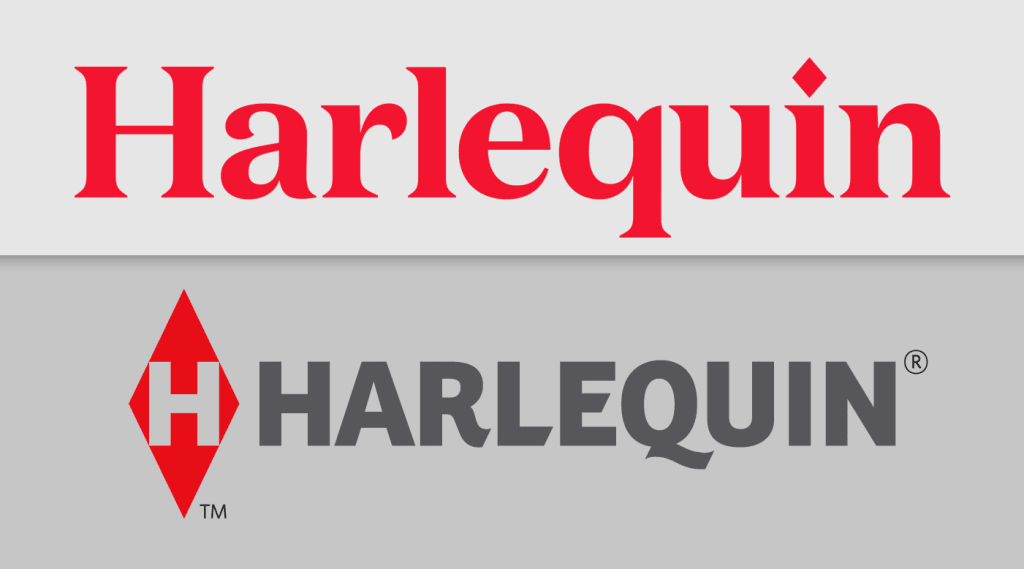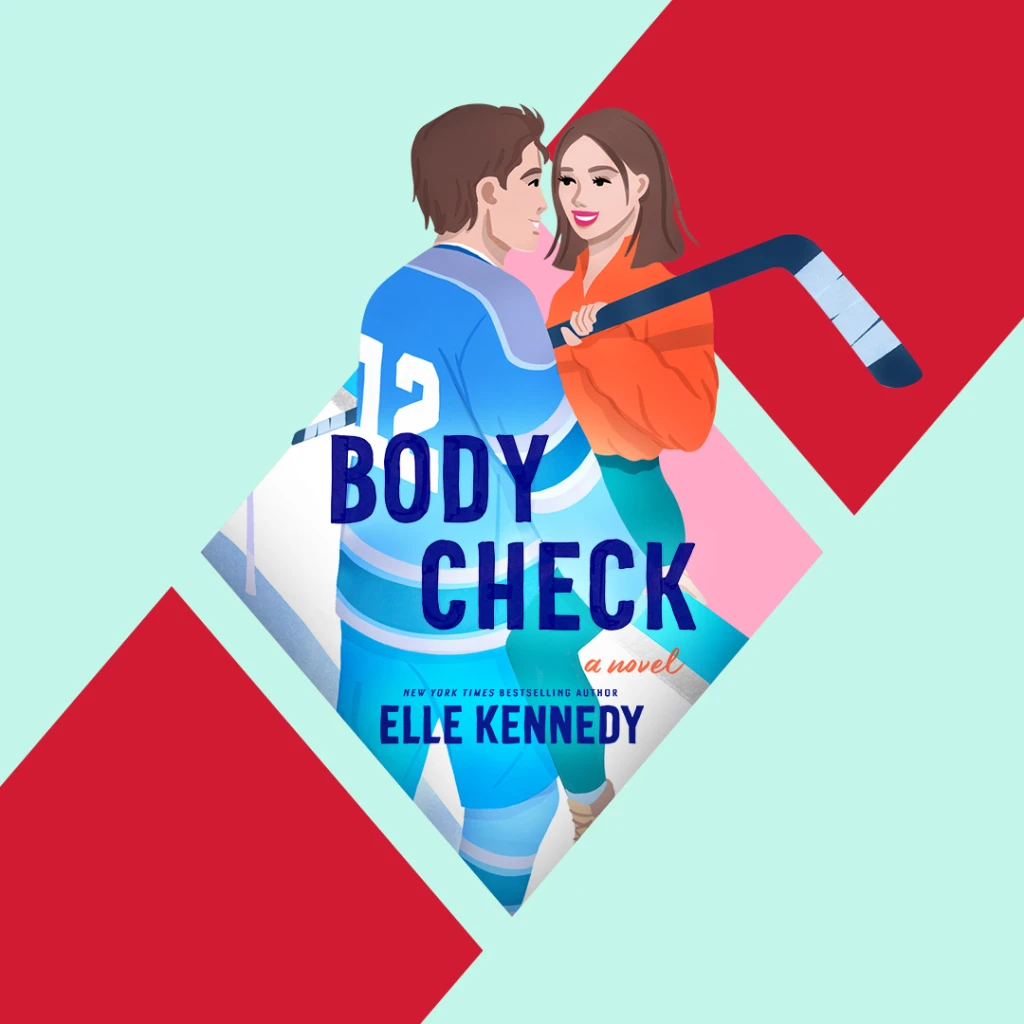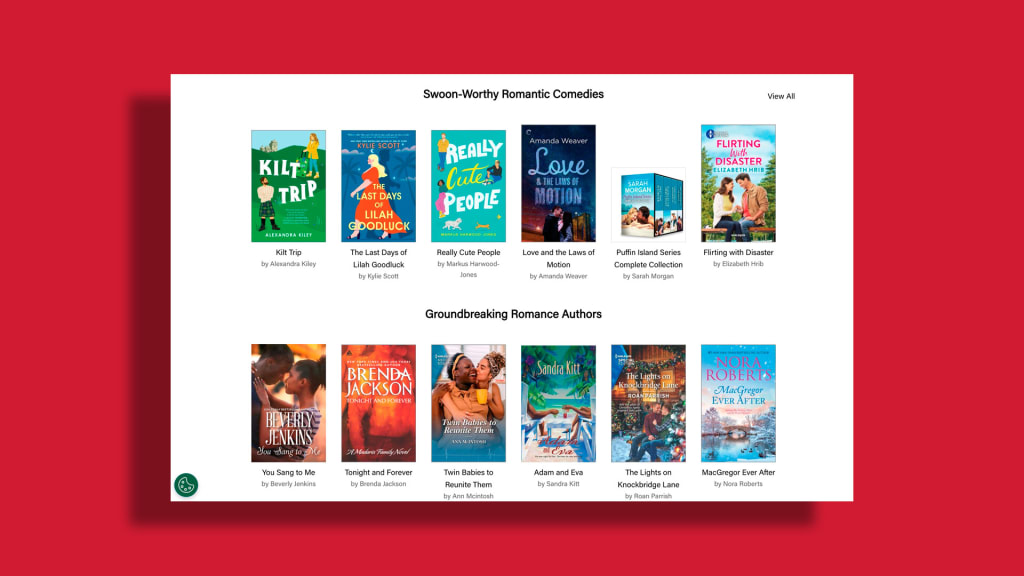If I asked you to envision the cover of a romance novel, your mind would probably conjure up Fabio in various states of undress, a burning sunset, some over-the-top embossed novelty type, and maybe—just maybe—a hulking broadsword.
And that’s fine, because that’s how romance novels traditionally looked throughout the ’80s and ’90s. These “clinch covers,” which describe cover art featuring steamy embraces, has long reigned supreme. But times change. And in a move to keep up with them, Harlequin has overhauled its branding and approach to design for its 75th anniversary, giving its logo some modern flair, and updating its cover format to more closely align with contemporary audience preferences.
“We’re definitely giving our longstanding fans what they want from us—but we can’t ignore these emerging new entrants into the category,” says Farah Mullick, vice president and associate publisher at Harlequin, which is synonymous with the romance genre. “[We’re] making sure that what we do and how we do it kind of straddles both types of customers. So the rebrand is really about that. … It’s about positioning ourselves to meet what romance readers want from us today.”

Despite getting a bad rap from literary elitists, romance is extraordinarily good business, and it has only boomed since the pandemic, with NPR’s “Marketplace” dubbing it “reliably a billion dollar a year industry” as other publishing categories have faltered. The sheer volume of it all wows; a representative for Harlequin said the company publishes 110 titles each month that are sold in 30 international markets in 16 languages, with 6.7 billion books moved to date since its founding.
A key component of the category’s growth is TikTok, where a surge of younger readers have embraced the genre on BookTok, TikTok’s passionate community of trendsetting readers. Mullick says when it came time to start ideating on a rebrand two years ago, Harlequin sought to build an ecosystem that was more modern and relevant, and reflected the vibrancy of the romance community on the app, which she sees as emblematic of the genre as a whole, given the positive stories of love, hope and happiness within it.

The logo itself is a bold departure from the previous mark (last revised circa 2020), but a most welcome one that amps up the approachability and friendliness factor by downshifting from all caps to title case with Klim Type Foundry’s Domaine Display. The brand’s signature Harlequin diamond, meanwhile, has been given smart (and less redundant) positioning as the dot in the ‘i’ of the mark. With its new shape complementing the type and the flow of the logo at large, it feels like a modern upgrade. More than anything, Mullick says Harlequin and Cossette, who they partnered with on the work, wanted the mark to have a timelessness that could endure well into the future.

In addition to the logo, Harlequin is also rolling out a refreshed website, social media presence and advertising (where the diamond functions as a bit of a portal to the brand’s stories), and a fresh approach to its covers.
Rather than default to the clinch, Mullick says readers want covers that are representative of the many subgenres within the category, from historical romance to suspense, inspirational romance to paranormal and beyond. Photography, long Harlequin’s default, will still have its place, as will some clinching, but the brand is also focusing on genre conventions that would look at home on, say, a thriller/suspense shelf, as well as illustrated covers, which Mullick says Gen Z is seeking out—in addition to covers showcasing more diversity at large.
WHY ROMANCE? AND WHY NOW?
Mullick says the category’s core elements of hope and optimism have been a driver in the recent boom, which today sees romance at the top of fiction sales charts, along with fantasy. She adds that last year alone, readers bought and devoured some 33 million romance titles.
And it’s reasonable to assume that after they did, they talked about them on BookTok—which, in addition to informing Harlequin’s branding, also has an impact on their backlist decisions. To that end, Mullick says hockey romance (yes, it exists!) is huge. And it just so happens that Harlequin has a backlist of sports romance titles, which they can pull and reissue to meet the moment.

In fact, BookTok has led to an entire publishing line at Harlequin. In January, Harlequin launched Afterglow, a series of amped-up romance stories targeted at the under-35 audience, which was inspired by reader conversations on the social media site.
“It’s basically an endless supply of spicy TikTok books,” Mullick says. “Two books a month, every month.”
Critically, these books are branded differently than most Harlequin novels, in that they’re mostly not branded. The fact that the book hails from Harlequin is treated subtly and as a secondary element, with “A Harlequin Novel” appearing in modest type somewhere on the cover. With the move, Harlequin is expanding and redefining what it is—and who reads its novels.

“That demographic of romance reader doesn’t want to see heavily branded product,” Mullick says. “And so how we’ve integrated [the brand] is very much in line with the artwork for each individual book.”

Despite the shifts, Harlequin is still Harlequin, from the core inspirational romance narratives to those photographic covers that will continue to exist beyond the expanded design ecosystem. At 75, it’s just that much broader. And that’s undeniably because of TikTok: It has made romance novels cool again—or perhaps for the first time in their history.
“Within that community, there is a very vibrant, loud and proud romance fan base, which I think is incredible, because romance fans decades ago [were] reading a genre that a lot of people didn’t understand,” Mullick says. “What I love about the community within TikTok is it gives them a venue to connect with other people to be loud and proud about romance in a way that I just think we haven’t seen in a really, really long time.”
Recognize your brand’s excellence by applying to this year’s Brands That Matter Awards before the early-rate deadline, May 3.